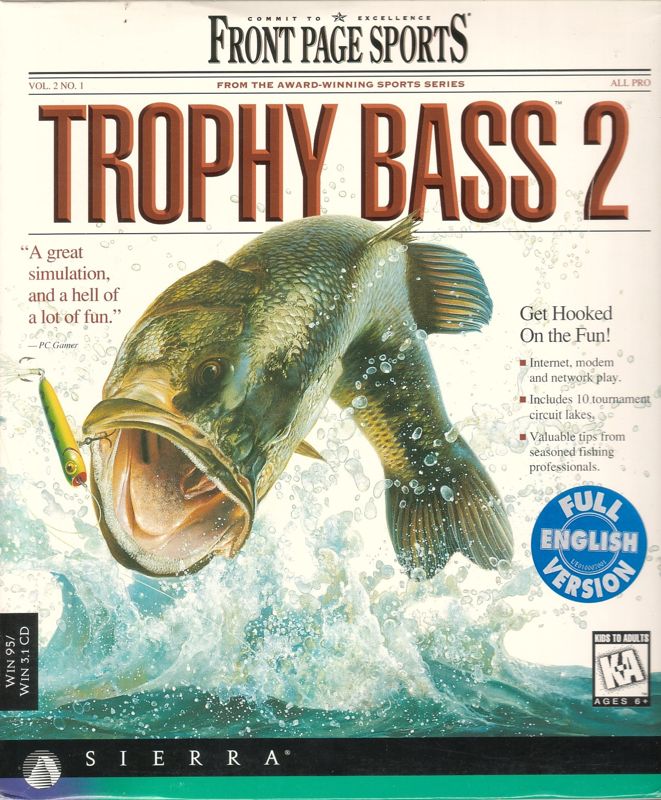. I have the feeling Roberta was too much of a visionary to work with the stuff she had at a given time. I mean, she and Ken spearheaded one of the most important companies of gaming's early history, always breaking new ground. But as Ken himself said, it became too big for them... or maybe their ideas were good but the tools they had were bad.
Actually you're right on point here. KQ8 came out in 1998, but it was in pre-production as early as 1994. I have the earliest design notes from 1994-1995 (Roberta released them to the Strong Museum of Play). The 1994-1996 versions of KQ8 are about 10x larger than the final game is, much more experimental and in many ways even less of a traditional adventure game than the final product was. Think of Ultima Underworld or Daggerfall meets Doom meets the best elements of Zelda, on a huge LOTR sized scale in terms of plot elements and side quests and you have some idea of what she wanted. She wanted 7 full 3D worlds, each with a very different color palette/theme which went along with the plot (which was revised several times) and a world that was even more massive in size than Daggerfall but with fixed locations, not a randomized map. She wanted the protagonist to be able to climb, swim, and (with the use of magical spells) fly. She also toyed with the idea of an online multiplayer component wherein players would swap magical potions and tips etc. Many of the programmers told her her ideas were simply not possible given the technology of the time, and the KQ8 we ended up getting is a very condensed and abridged version of these ideas.
I suspect they wanted a bit of the Diablo/Zelda pie with kq8, for instance.
Zelda perhaps but KQ8 was put into production before Diablo likely was.
As far as Ken: He saw the writing on the wall with traditional adventure games and felt they needed some evolution or even a revolution in gameplay. Also, on the business end, he was burned out. Sierra was a huge multinational company and was very hard by the time he left to manage. It had over a dozen divisions at different locations all over the globe and Ken made a habit of visiting each studio every three months in a month long proccess to check on the progress of every game in development and work with the developers to find ways to make the game better. This as you can imagine was very exhausting; he was flying from Seattle to Boston to Oakhurst to Paris and other locations and then back to Seattle again. So by the time the CUC sharks came in, he thought he had a good deal in place which would protect Sierra's future and allow him to semi-retire, relinquishing his role as CEO and all the burdensome duties that came with it while working more as Sierra's head of R&D - Working directly with the developers to build games rather than with the accountants. CUC told him all he wanted to hear, and even put it in writing, but using loopholes, made sure none of what they promised came to pass. Also, by the time he left, the PC game industry was very different than the industry he had come up in. It wasn't a friendly rivalry between pioneers, but rather a cuthroat business of do or die - which wasn't really Ken's thing.
Also, he was (by gaming standards) an older guy - He was 42 in 1996. He wasn't into violent games and only signed Half-Life as a Sierra product reluctantly because of how successful Doom had been. He was, not to bash him, a bit out of touch with the mid to late 1990s generation of gaming. For example, he wanted to buy id Software in 1992 after the guys at id had sent a demo of Wolfenstein. He took them out to a fancy French restaurant in Seattle; Ken wearing a full dress suit, Romero & co wearing ripped jeans and t-shirts; the clash of cultures and generations could not have been more obvious. Ken offered them a multi-million dollar deal, which they were very close to considering. It fell through when they demanded $500k in cash upfront and Ken balked.








![The Year of Incline [2014] Codex 2014](/forums/smiles/campaign_tags/campaign_incline2014.png)









